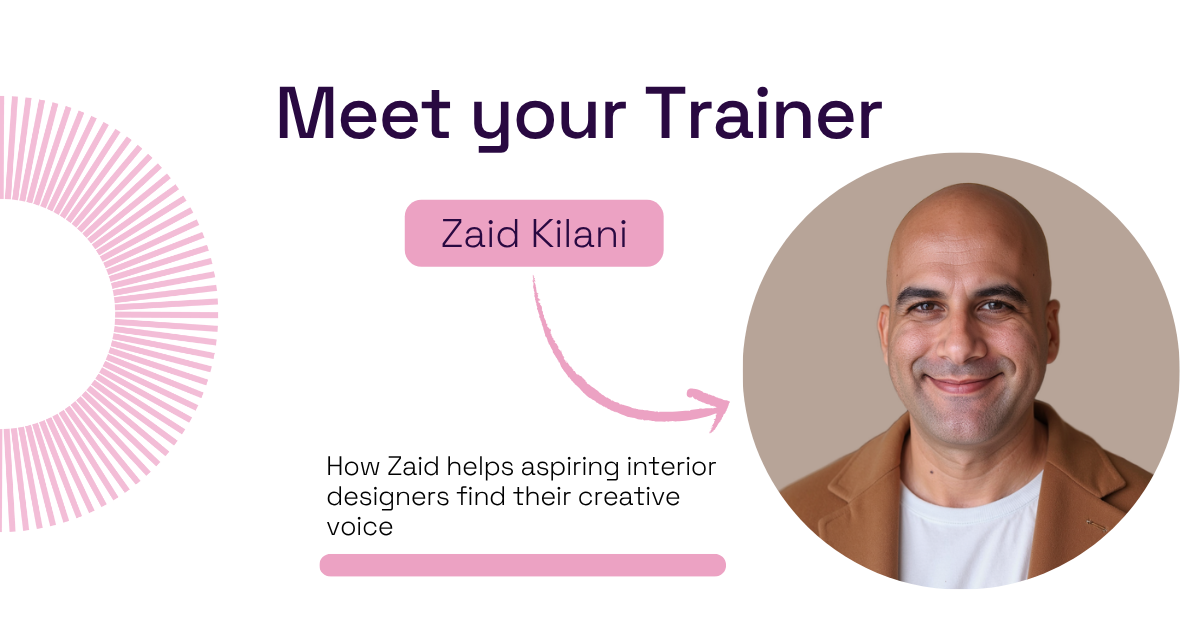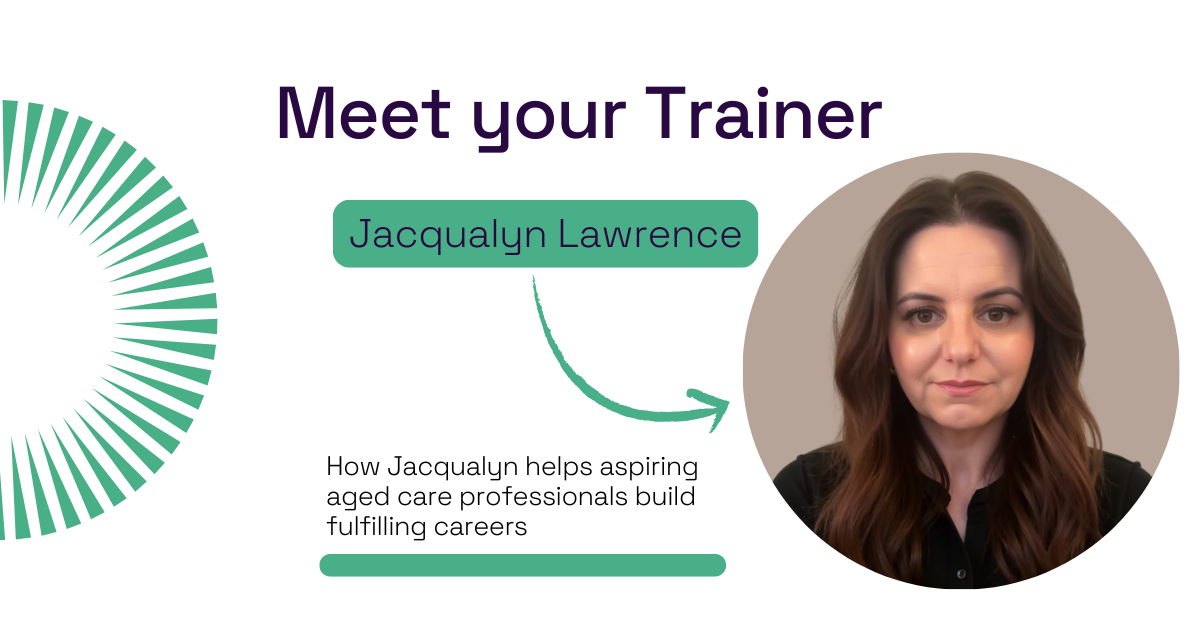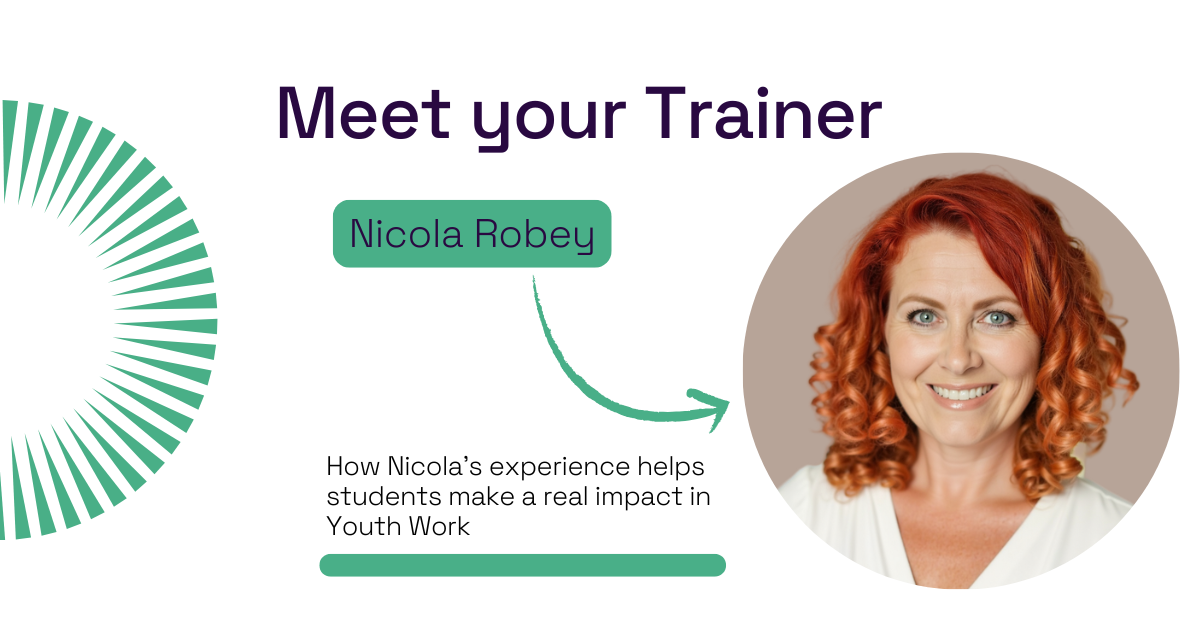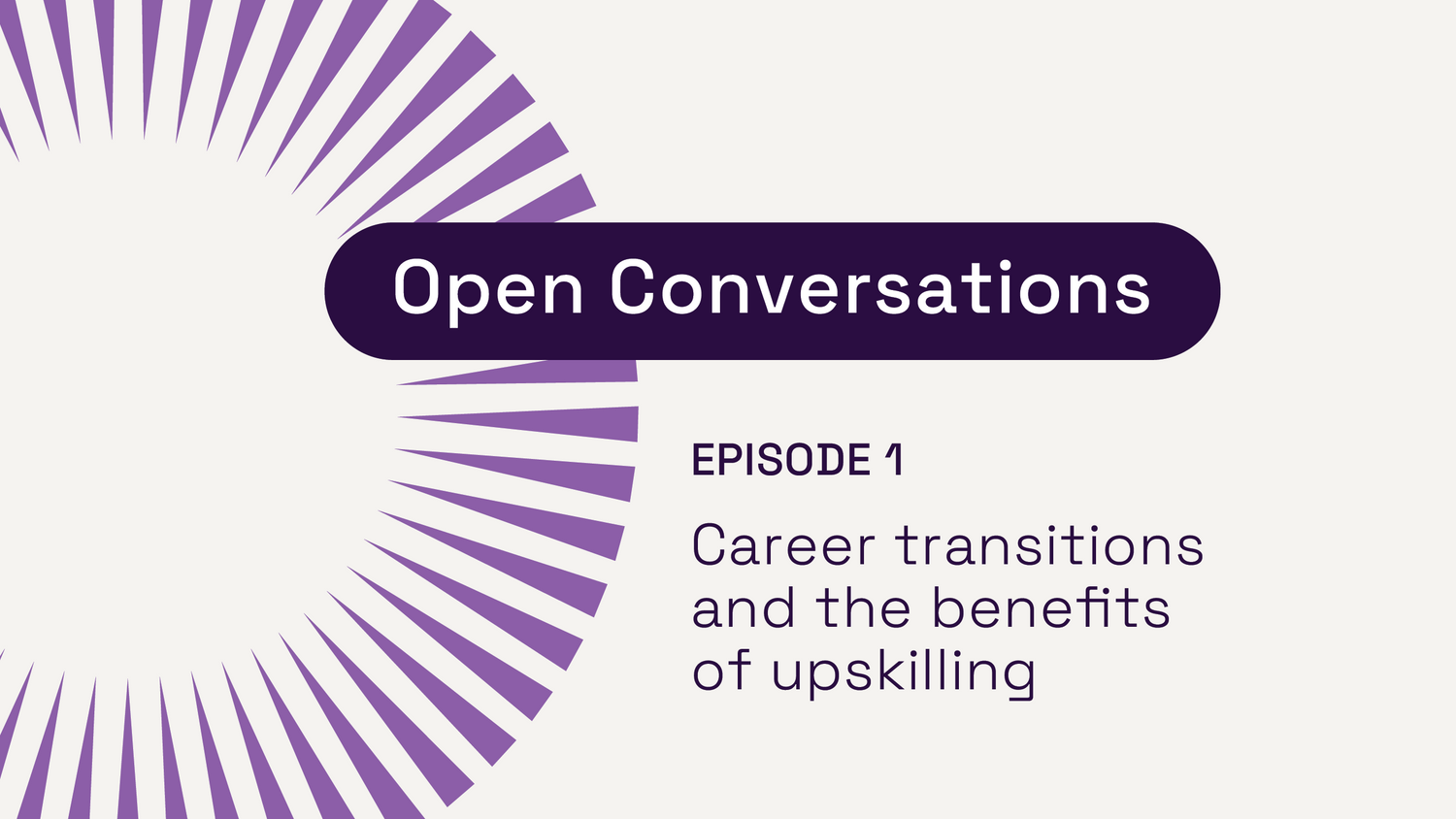Explore our collection of informative and educational blog posts to stay updated on the latest industry trends and expert advice.
How To Take Notes: Learning From The Strategies That Set Straight-A Students Apart

Most students take notes without thinking twice about it. It’s what a good student does, what the professor expects, what everyone around them is doing. Everyone has their own unique style of recording lectures and readings. No one seems to recommend one style over another, so anything goes. And when it comes time to study for the test, most students review their notes several times over–maybe higlighting or underlining important information–trying to commit each concept and term to memory.
Rarely do we stop to examine note-taking as a practice. Does it actually aid learning? Is one method more effective than the others? Should we be designing our lectures with note-taking in mind? In a sense, note-taking is one of the most influential parts of the learning process: because students take notes as they process new material, the way they record that material becomes the way they remember it come test time.
Note-taking is backed by a significant body of research, measuring everything from individual reasons for taking notes to the impact of note-taking on cognition. Still, there are many aspects of the practice that have never been thoroughly explored. For example, how does note-taking style reflect the way an individual comprehends the world around her? Do bullet lists indicate certain personality traits that full sentences don’t? Can you predict a person’s organizational skills from his note-taking technique?
The least we can do is examine the literature that’s available to us–which, again, is a lot–and try to understand the learning process with a bit more clarity.
Why Do We Take Notes?
In 2012, Harvard hosted a conference called “Take Note,” which explored the history of the practice. In a talk on note-taking in Shakespeare’s time, Tiffany Stern, a professor of early modern drama at Oxford University, described the way people carried “table books,” with specially treated erasable pages, to sermons and plays, not just to take notes but to advertise themselves as note-takers. Stern says that, in the eyes of others, it meant you were highly literate and wished to write all the time.
When you present your students with auditory and visual information at the same time (e.g. a lecture paired with an overhead outline), it can become too taxing for them to record the details of both, let alone process them.
Ann Blair, professor of history at Harvard and one of the conference organizers, suggests a more private reason for the practice. “The note is the record a historian has of past reading,” she says. “What is reading, after all? Even if you look introspectively, it’s hard to really know what you’re taking away at any given time. But notes give us hope of getting close to an intellectual process.”
But the automated way many students take notes today may be a far cry from any kind of intellectual “hope.” James Hartley and Susan Marshall found that today’s students take notes for three main reasons: 1) for revision before a test, 2) for immediate reinforcement, and 3) for concentration purposes. (I would add that many students take notes to appear engaged in front of their professors and peers). The irony of this is that, although today’s students are more focused on cognitive strategy, it’s the kind of genuine engagement Blair mentions that really aids learning.
How Much Brain Power Do We Use?

Cognitive psychologist Ronald T. Kellogg calls note taking a “complex activity that requires comprehension and selection of information and written production processes.” A large part of this “complexity” comes from time constraints. “The time urgency of selecting key points and recording them while comprehending new information at the same time places significant demands on the central executive and other components of working memory,” he writes. “Comparative data show that note taking demands more effort than reading or learning. However, it requires less effort than the creative written composition of an original text.”
Students can learn to use shorthand and abbreviations, so it’s not so much an issue of slowing down your lecture, but they can’t concentrate on too many sources at once. When you present them with auditory and visual information at the same time (e.g. a lecture paired with an overhead outline), it can become too taxing for them to record the details of both, let alone process them. Be careful how many tasks you are asking students to attend to simultaneously.
Recognized Note Taking Methods
There appears to be a handful of widely known (and presumably used) note taking methods in academia. Below we’ve outlined the top five.
1. The Cornell Method
When using the Cornell Method, you divide a page into two columns: the note-taking column (usually on the right) and the questions/key word column (on the left). Notes usually consist of the main ideas of the text or lecture, and long ideas are paraphrased. Long sentences are avoided; symbols or abbreviations are used instead. To assist with future reviews, relevant questions or key words (which should be recorded as soon as possible so that the lecture and questions will be fresh in your mind) are written in the key word column.
Within 24 hours of taking the notes, you try to answer questions and write a brief summary in the bottom five to seven lines of the page. This helps to increase understanding of the topic. When studying for either a test or quiz, you have a concise but detailed record of previous classes.
A study published in 2008 by Wichita State University compared two note taking methods in a secondary English classroom, and found that Cornell Note taking may be of added benefit in cases where students are required to synthesize and apply learned knowledge.
2. Mapping
The purpose of mapping as an note taking strategy is to improve memory by grouping material in a highly visual way. The map provides a quick reference for over-viewing a lecture or a textbook chapter. Main ideas that support the subject can be written on the lines radiating from the central circle or box.
If you find yourself recording too many details on your map, the method becomes less visual and more verbal, and you should probably switch to a different method. Use maps to make big points and concepts easy to review.
3. Outlines
There are different ways to go about an outline. Some of us use Roman numerals, some of us letters, some of us numbers. The main idea is to organize concepts into points and sub-points. The tricky part is to recognize when to start a new section or exactly how to categorize a point within a section. For this reason, outlines make a better studying method than initial note-taking method. Before the test, turn your notes into an organized outline in order to better understand the relationships between each concept.
4. The Charting Method
If the lecture format is distinct (such as chronological), you may set up your paper by drawing columns and labeling appropriate headings in a table. Determine the categories to be covered in the lecture. Set up your paper in advance by columns headed by these categories. As you listen to the lecture, record information (words, phrases, main ideas, etc.) into the appropriate category.
The charting method will give you organized notes that allow you to quickly locate the information you need to study. This note-taking method may not work for all of your classes, so you may need to use other methods. When taking notes during a lecture, you may find this method works best for you when you have a general knowledge of the content before the lecture begins.
5. The Sentence Method
With this method you simply write every new concept, or topic on a separate line. You can also number the information if you wish. It is recommended that you use some form of visual aid to group related points together. It is helpful when the lecture is somewhat organized, but heavy with content which comes fast. You can hear the different points, but you don’t know how they fit together. The instructor tends to present in point fashion, not going out of her way to group them together. You can go back and draw arrows or detail relationships between the points after class.
Little research has been conducted on freestyle note taking techniques. You’d think that this ground would be most fertile for investigating the relationship between note taking and cognition, especially since no structure is imposed, but the literature is sparse.
When to Write & When to Listen

Research says you shouldn’t write everything down, and not just for effort’s sake. It actually slows down learning to record everything verbatim, and when it comes time to study your notes, trying to memorize full sentences can come in the way of memorizing concepts. You might be afraid you won’t remember how to explain a concept on the test unless you memorize it word-for-word, but in reality it’s best to trust yourself and focus on the main points. Doing so frees up room in your brain to master more concepts.
It’s also best to listen to facts but write down concepts. In an older study (1984) of 54 undergraduate education majors, students were instructed to take lecture notes from a tape-recorded lecture in their usual way or to emphasize either factual details, conceptual main points, or relationships. Did the content change? Not much. The students generally took similar notes despite their different instructions.
When it came to the test, though, conceptual note takers performed better than factual note takers. The authors conclude that learners should “record extensive notes that contain a relatively large number of main points.”
A final suggestion is to decide what to write down based on your professor’s teaching style. If your professor writes a lot of important points on the board that you won’t find in your textbook, you will definitely want to record them in your notes. But if your professor shows a slideshow or Power Point while lecturing, it’s best to let your pen rest on the page and pay attention to what’s being said. Later, you can access the slideshow online and take notes. Doing so will reinforce the new material in your brain.
Typed vs. Written Notes
When it comes to remembering conceptual information, the most current science recommends writing notes over typing them.
Earlier this year, researchers at Princeton and UCLA conducted a series of studies to investigate the effects of each. In the first study, 65 college students watched one of five TED Talks covering topics that were interesting but not common knowledge. The students, who watched the talks in small groups, were either given laptops (disconnected from Internet) or notebooks, and were told to use whatever strategy they normally used to take notes. The students then completed three distractor tasks, including a taxing working memory task. A full 30 minutes later, they had to answer factual-recall questions based on the lecture they had watched.
While the two types of note-takers performed equally well on questions that involved recalling facts, laptop note-takers performed significantly worse on the conceptual questions.
The results showed that while the two types of note-takers performed equally well on questions that involved recalling facts, laptop note-takers performed significantly worse on the conceptual questions. The notes from laptop users contained more words and more verbatim overlap with the lecture, compared to the notes that were written by hand. Overall, students who took more notes performed better, but so did those who had less verbatim overlap, suggesting that the benefit of having more content is cancelled out by “mindless transcription.”
“It may be that longhand note takers engage in more processing than laptop note takers, thus selecting more important information to include in their notes, which enables them to study this content more efficiently,” researchers said.
Researchers also found that longhand note takers still beat laptop note takers on recall one week later, when participants were given a chance to review their notes before taking the recall test. Once again, the amount of verbatim overlap was associated with worse performance on conceptual items.
However you choose to take notes is exactly that–your choice. But there is a large volume of research to guide you. Make the learning process more efficient for yourself by taking advantage of different methods in different situations, and by finding what works best for you.








